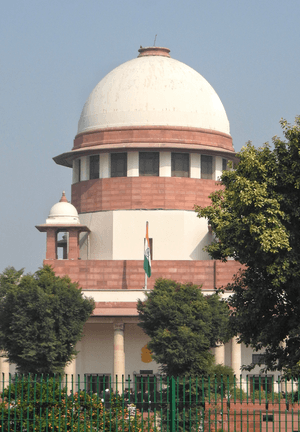Cornwall planning: Solar 'blot on the landscape' would be built on last green fields

Our community members are treated to special offers, promotions and adverts from us and our partners. You can check out at any time. More info A solar farm on 25.5 hectares of land would destroy the last green fields in the landscape near St Austell. That was the opinion of a number local councillors who spoke out against a planning application to build the development on agricultural land which, they argued, would be seen from across St Austell Bay. Anesco Ltd, a UK based energy infrastructure company, applied to build the solar farm with battery storage on land at Menear Farm, between St Austell and Treverbyn parish. It would operate for 40 years and generate enough electricity to power 3,880 homes. Cornwall Council's planning department agreed it would result in the loss of 11.2 hectares of best quality Grade 3a agricultural land, but pushed for approval as the public benefits associated with the renewable energy scheme "are substantial and outweigh the level of harm identified to the landscape, a non-designated heritage asset and agricultural land". However, councillors from across the area disagreed and called for the proposal to be refused at a strategic planning committee meeting on Thursday, April 17. Gary Hooper, of Treverbyn Parish Council, said while his council supported renewable energy, the scale and siting of the Menear Farm development "does not demonstrate adequate mitigation of harm to the landscape or the ecology". "There are multiple existing and proposed renewable energy developments in the wider St Austell area, and this development contributes to the increased industrialisation of the rural landscape, which has not been adequately assessed," he added, stating that local residents were concerned about the impact the solar farm would have on their enjoyment of the countryside, increased flooding, the visual intrusion from panels and fencing, and the solar farm's visibility from St Austell Bay, including Carlyon Bay and parts of the heritage site of Charlestown. To sign up to the weekly Cornwall Politics newsletter click here. Oliver Kimber, of St Austell Town Council, told the meeting his council had considered the application twice. In May 2024 the council reluctantly accepted that the benefits outweighed the negative impacts. However, last month the town council's planning committee were more aware of the "volatile international situation and the increased need for food production and self-sufficiency". He added: "Members had also better assessed the visual impact and were particularly concerned about good south-facing Grade 3a and 3b agricultural land and had now reconsidered the matter and would like to see it refused." Matt Luke, the councillor for the area who had called the application to committee, said he had a number of objections but stressed it wasn't "Nimby-ism" as there were numerous other sites within the parish, including solar farms, wind turbines and a geothermal development at the Eden Project, none of which had been turned down by the parish council. "But this is the wrong thing on the wrong site for numerous reasons," he said, many of which have already been covered in the meeting. He said he knew more about the land than anyone as generations of his family had farmed it, and that flooding occurs on a regular basis into the Tregrehan valley and on to the A391. "The visual impact is far wider than any of you can imagine. This land can be seen from the whole of St Austell Bay. These are the last green fields in the landscape - the rest has been built on. It will be visible in the landscape. To say it won't is absolute nonsense. We will lose the last green buffer between St Austell and Treverbyn parish." He added: "We will gain nothing but a blot on the landscape and the use of good agricultural land for 40 years. We are fast losing our farmland which, as far as I'm concerned, is far more important than green energy. We in Cornwall are producing more green energy than possibly any other county in the country and yet we are still being asked to lose more agricultural land for such projects." Tom Clements, project lead for Anesco, told the committee that in policy terms there were no significant landscape effects and the site was naturally well screened. There would be the addition of native trees, hedgerows and other planting. He said the company had noted local concerns about loss of agricultural land and had avoided high quality areas, and had demonstrated there were no lower grade sites available. The land has been used for sheep grazing for over a decade and that would continue. He said drainage would address local flooding concerns and there had been plenty of public consultation. He was asked a couple of times where the panels would be produced. "The majority of panels are produced in Asia and that is unfortunately the nature of the industry." Mr Clements stressed that a viable grid connection is vital for the project and there is a connection on site, which is "quite rare". A lack of connection had counted out other brownfield sites, which would prove too costly. Cllr James Mustoe said that a quarter of the site is within his Carlyon parish and shared the concerns of other speakers that it should be refused due to visual harm to local residents. He added that the applicant saying they couldn't afford to build the solar farm on nearby brownfield sites was not a planning issue. Cllr Anne Double, who is also a part divisional member and member of Treverbyn Parish Council, also aired her opposition and raised many of the same concerns. She argued that 40 years for the site use wasn't "temporary" but "a generation". Following a period of debate, the committee members voted unanimously to refuse the solar farm application, citing significant harm to the character of the landscape at a gateway location to St Austell.


















